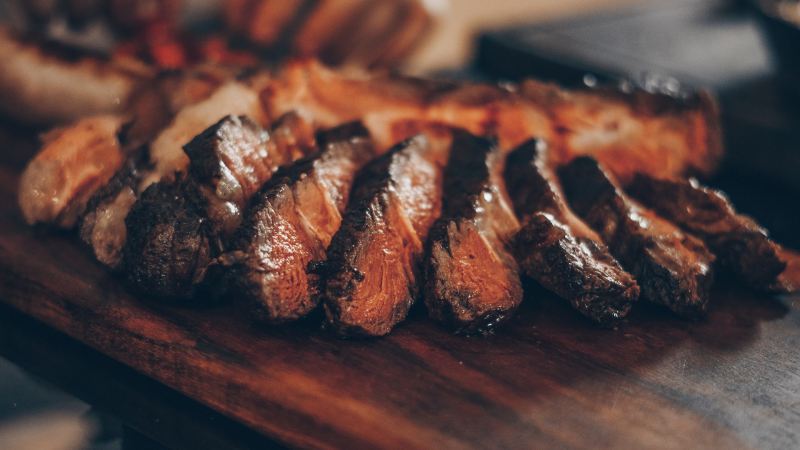
If you consider yourself a carnivore, then there’s a high probability you love steak. That is, of course, as long as red meat doesn’t disagree with you for whatever reason. If that is the case, our deepest sympathies.
However, if you’re the type of guy who says, “The bloodier, the better!” then stick with us. We’re about to go over some of the best cuts of steak to buy for your summer grilling escapades. According to Tastewise, purchases and steak consumption are on the rise. This may be because we’re staying more at home, which allows us to mess with our grill and experiment with lesser-known cuts of beef.
But perhaps you’re new to grilling the perfect steak, and picking out a cut of beef gives you anxiety. Don’t worry — that’s normal. With this guide, you’ll be able to rest easy that you’re not wasting your money on a tough, flavorless piece of meat. You’ve probably already figured out for yourself that the price of steak, like most things on the free market, goes up as the quality and demand increase. However, we all know that just because something is popular doesn’t necessarily mean it’s good.
For example, check out America’s most popular steak cuts from a sales standpoint, according to figures gathered by Beef Retail in 2018.
- Rib-eye steak
- Strip steak
- T-bone steak
- Stew meat
- Chuck center roast
- Tenderloin steak
- Top sirloin steak
- Top round first steak
- Blade chuck roast
- Cubed steak
Pro tip: Don’t buy stew meat. It’s essentially chuck roast, charged at a premium because the butcher already cut it up and threw in some other scraps. Yet it’s one of the most popular cuts of steak. Below, you’ll find a list of the best cuts of steak that you can’t go wrong with and some tips for cooking them. So grab your favorite beer, fire up that high-caliber grill, and get cooking.
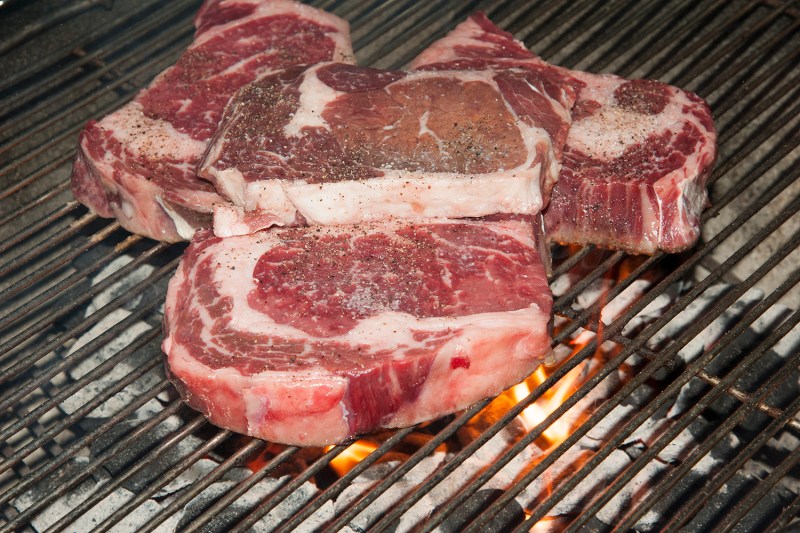
Rib-eye steak
The king of flavor
Although we might not agree with all of America’s most popular steaks from the list above, the rib-eye ranking No. 1 is spot on. With the rib-eye, you get way more bang for your buck. It’s a sizable piece of meat infused with little flavor pockets of fat (marbling). It’s going to be more greasy than a tenderloin cut, but that’s where you get that unmistakable beef flavor. Rib-eyes are great to cook over direct high heat, or if they’re thick enough, like a cowboy cut, try the reverse sear cooking method.

Filet mignon
The Godfather of steaks
If rib-eye is king, then filet mignon is the godfather. It’s one of the priciest pieces of beef you can buy because it comes from the very tip of the tenderloin. It’s the most tender meat on the cow, and each one only produces a few cuts. It’s almost completely devoid of fat, sinew, and tendon, which gives it that soft, buttery texture.
The great thing about filet mignon is that it can be cooked in various ways and will always taste amazing. That is, if you don’t overcook it. It should be a crime to serve filet any more done than medium rare, but it happens.
We recommend using a combination of direct and indirect heat when grilling a filet mignon. You can sear it over high heat then move it to low heat to finish. Or you can try incorporating a sous vide reverse sear method.

New York strip steak
Your steakhouse go-to
If you want to go a slightly cheaper route than a rib-eye yet get a steak with excellent flavor, you can’t go wrong with a strip steak. It comes from the same section of the cow as the filet (the loin) but has more fat and is denser. If you’re put off by bloody meat, this is a great steak to serve medium to well-done, though it still tastes excellent rare. New York strips cook up well on a grill or high-grade cast-iron skillets by starting with a heavy sear, then letting it finish at lower heat in the oven.
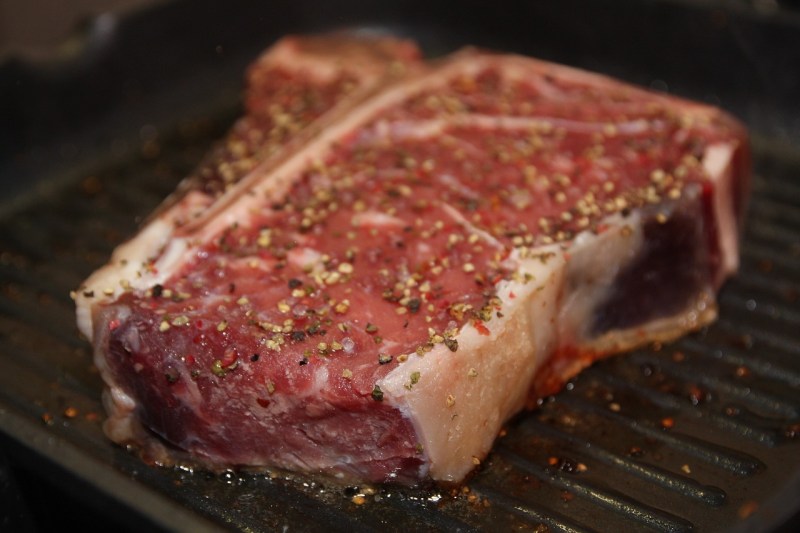
Porterhouse steak
The best of both worlds
If you’re thinking of purchasing a T-bone steak, why not get the beefed-up version for a few more bucks? Porterhouse steaks are bone-in cuts that include part of the loin (New York strip) and tenderloin (filet mignon), divided by the bone. Porterhouse steaks are cut higher up the cow’s loin section, hence why you have more tenderloin portion than a T-bone. However, to be classified as a porterhouse, it has to be 1.25 inches thick, at least. So if you see your local market trying to pass off thin porterhouse steaks to make an extra buck, take a pass and head to a reputable butcher.
The porterhouse will let you experience the buttery tenderness of the filet mignon and the rich flavor of the New York strip in full. The best way to grill up these monsters is the same way as most. Start with a heavy sear on high heat then finish on lower, indirect heat.
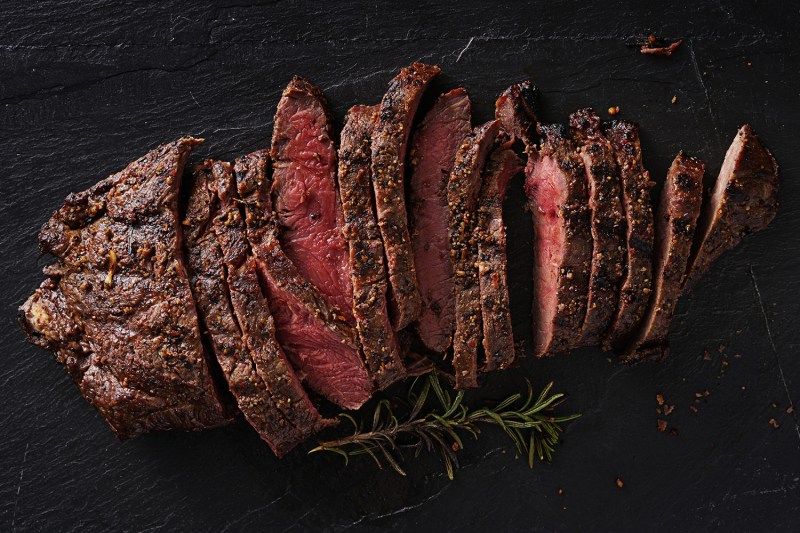
Flat iron steak
The sleeper
The flat iron, or top blade, steak is an affordable and diverse cut. You can eat a flat iron right off the grill or use it for kabobs, stir-fries, or fajitas. It’s great marinated or with some simple seasonings.
The thing with flat iron steaks is that you have to be careful not to cook them too quickly. You can serve flat iron steak well done, but it will be as tough as shoe leather if you cook it too fast. Searing both sides heavily for two to three minutes on each side, then moving to indirect heat to finish is crucial. If you’re using a cast iron, move it to a cool sheet tray or pan before finishing in the oven at around 350 to 400 degrees. If you’re on a grill, sear over direct heat, then move to the grill’s cooler side to finish.
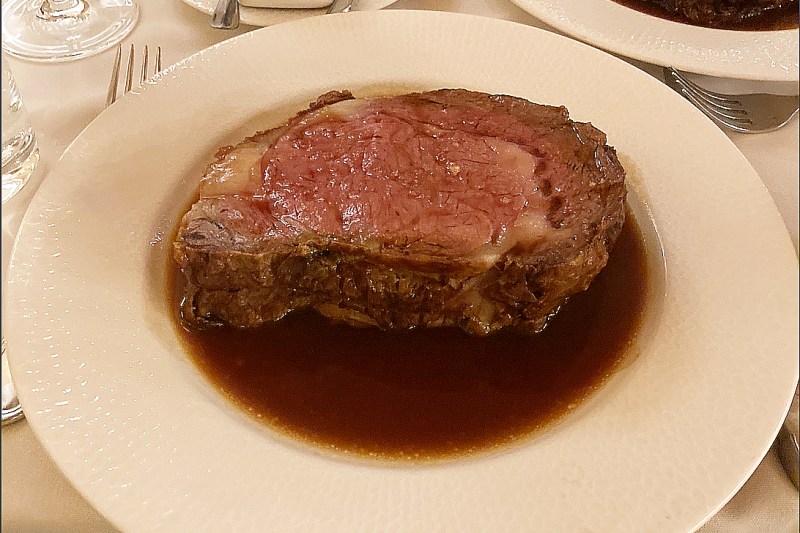
Prime rib
The steak for special occasions
Buffet-style meal service has gone the way of the dodo. But, we can all remember the meat carver who always sliced the prime rib too thin for our liking when we went to the fancy buffet with grandma. Prime rib is a cut of beef often reserved for holidays, weddings, or other events that call for feeding a large group.
Think of the prime rib as multiple rib-eyes combined into one, roasted for hours to heavenly, fat-rendered perfection. The traditional way of cooking a prime rib is in the oven after searing the outside. However, if you want to take the flavor up a notch, we suggest using your smoker or high-quality pellet grill.

Sirloin steak
The chicken dinner of steaks
Sirloin steak is kind of the also-ran steak in some ways. That tasty and, well, tender tenderloin runs right between the sirloin regions, which are sirloin, top sirloin, and bottom sirloin. Sadly, sirloin isn’t quite as tender as tenderloin, but dammit, a sirloin is pretty tender, often retails for less than $8 a pound, and can be sliced up for delicious sandwiches, used in savory stews, or enjoyed as an entree. In fact, in many mid- to lower-range steakhouses, if you order a steak that’s around $12 to $15 with potato and side included, you’re going to get sirloin, and you’re probably going to be cool with it.
Sirloins don’t typically come super thick, so cooking them is pretty simple. You can cook these bad boys over medium-high direct heat for two to four minutes per side, depending on your desired level of doneness.
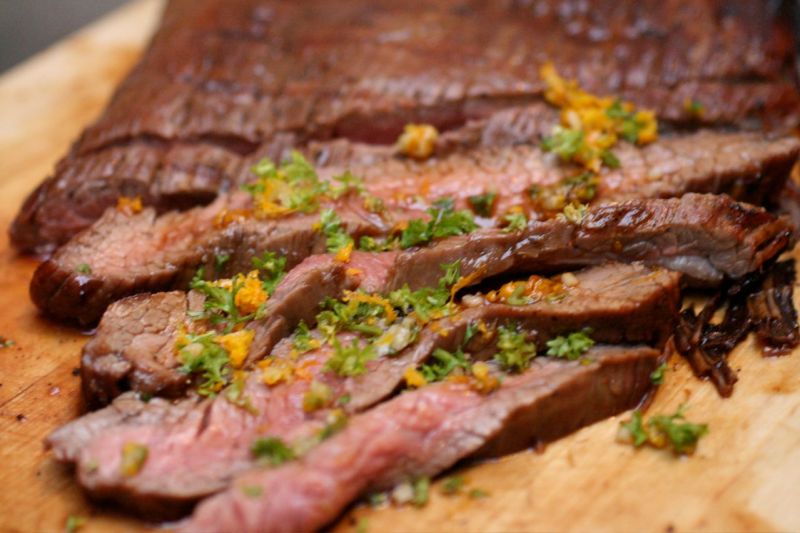
Flank steak
The late bloomer
Flank steak is only just now starting to get the appreciation it deserves. For years, this gorgeous cut of beef flew under the radar because of its leanness and heavily worked texture. Usually, a lack of fat means both a lack of flavor and a lack of tenderness. However, the flank, when done correctly, can be beautifully succulent and flavorful. The trick is to cook flank steak quickly over high heat. It’s delicious when grilled or simply cooked quickly in a screaming hot cast-iron pan.
Flank steak is also an incredibly versatile cut of beef. Sure, you can serve it on its own next to some potatoes and call it dinner. That’s a great option, and one we do often. But flank steak is also wonderful as the star of a steak salad, in fajitas, and stir-fries. Mix it up.
Editors' Recommendations
- How to make the best vodka gimlet for a twist on a classic
- The 8 best hot dog topping alternatives you need to try
- How to brunch like the French with lobster croissant and champagne
- Cognac vs. brandy: What’s the difference?
- What is caviar? A seafood expert breaks down all the details




